Buddhism developed in reaction to the established religion in India at the time—Hinduism.
6th century B.C.E. - present
Buddhism developed in reaction to the established religion in India at the time—Hinduism.
6th century B.C.E. - present
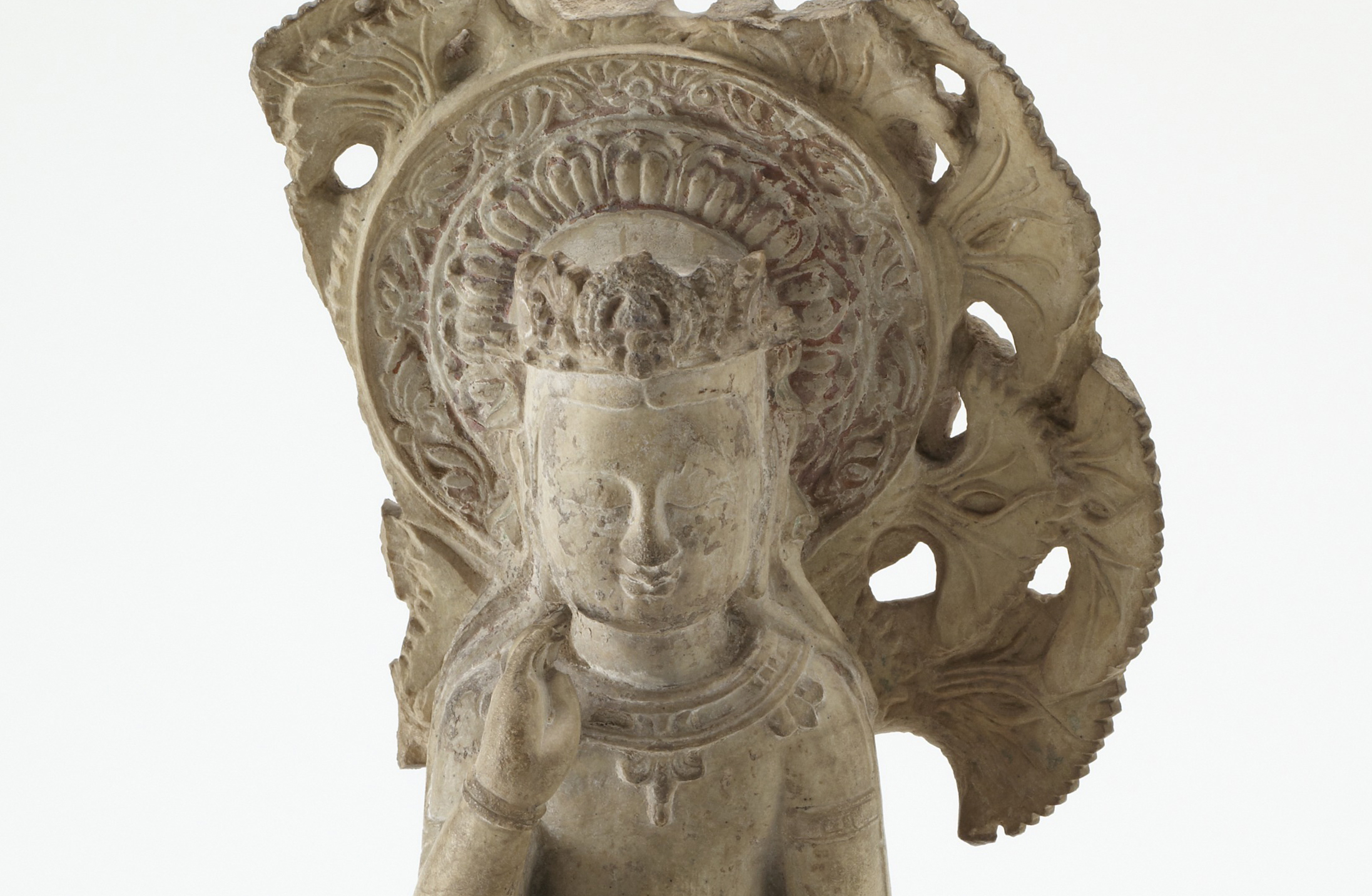
When you see a pensive bodhisattva sculpture, you may wonder: what is he thinking? And why is he smiling?
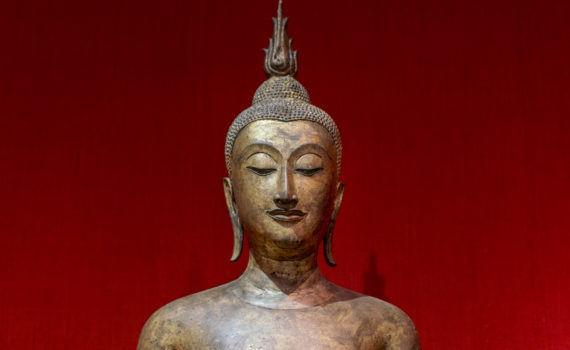
Who was the Buddha and how have artists depicted him as a visually recognizable figure in sculpture?

A Buddha is seen as one who becomes awakened to the true nature of reality.

Professor Julius Lipner discusses the distinctive nature of Hinduism and its sacred texts, drawing on the Vedas and epic compositions.
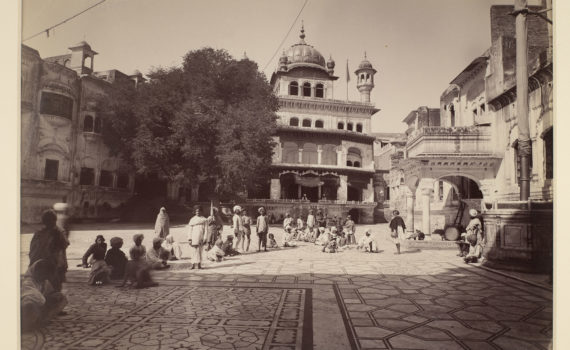
Eleanor Nesbitt explores Sikh gurdwaras ('doorway to the Guru'), touching on the most notable ones, such as the Golden Temple, their common features, and the principles of worship within them.
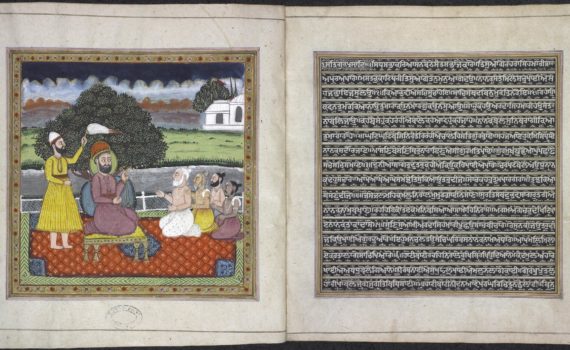
The Guru Granth Sahib plays an integral part in the lives of Sikhs. Eleanor Nesbitt describes the rituals that surround it and its role in the daily lives and life cycle rites of Sikhs, also exploring Sikh daily prayer, devotional songs, and festivals.
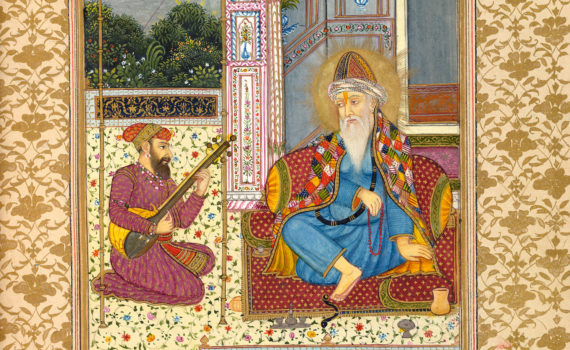
Gurus are central to the Sikh faith. Eleanor Nesbitt looks at the founder of the Sikh faith – Guru Nanak, the concept of Guru in Sikhism, the central principles of the Gurus’ teachings and the sacred scripture – the Guru Granth Sahib.
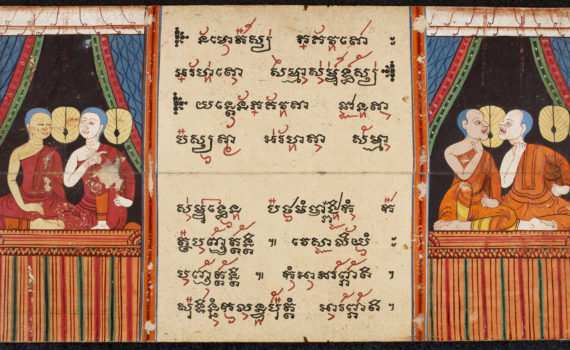
There are many kinds of Buddhist meditations; here Dr Sarah Shaw describes the ‘middle way’ of the Buddha and explores key aspects of Buddhist meditation and chant, such as the use of Buddha-images and visualization.
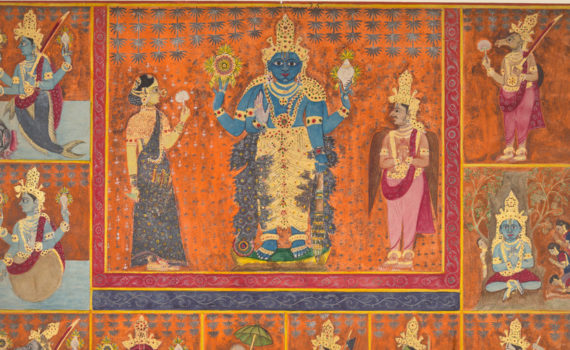
Hinduism cannot be considered polytheistic and discusses the way in which Hindu culture and sacred texts conceptualize the deities, as well as their role in devotional faith
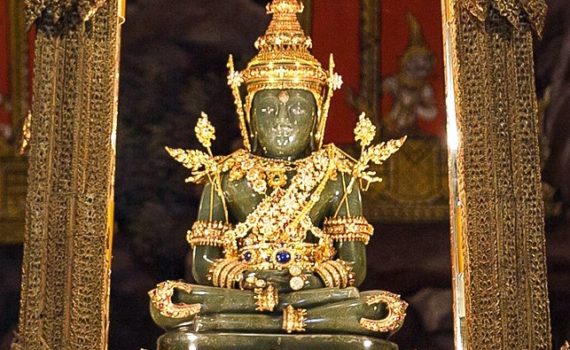
In the 19th century, King Rama II turned to Thailand’s protective deity, the Emerald Buddha, to stop the spread of cholera.
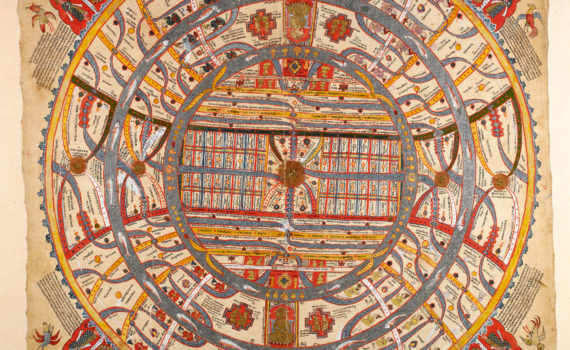
Professor Balbir introduces the distinctive cosmology of the Jain religion, discussing how it is structured and understood by followers of the faith.
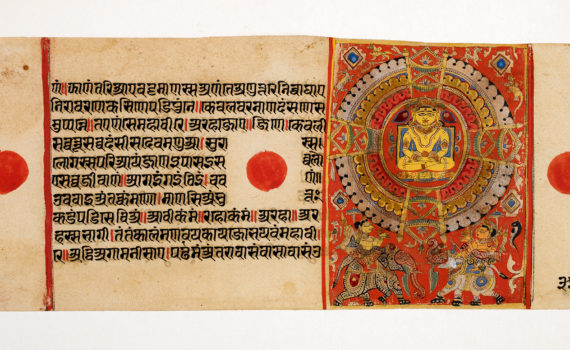
Professor Nalini Balbir introduces the Jain religion, describing its key features, practices and expressions of faith.